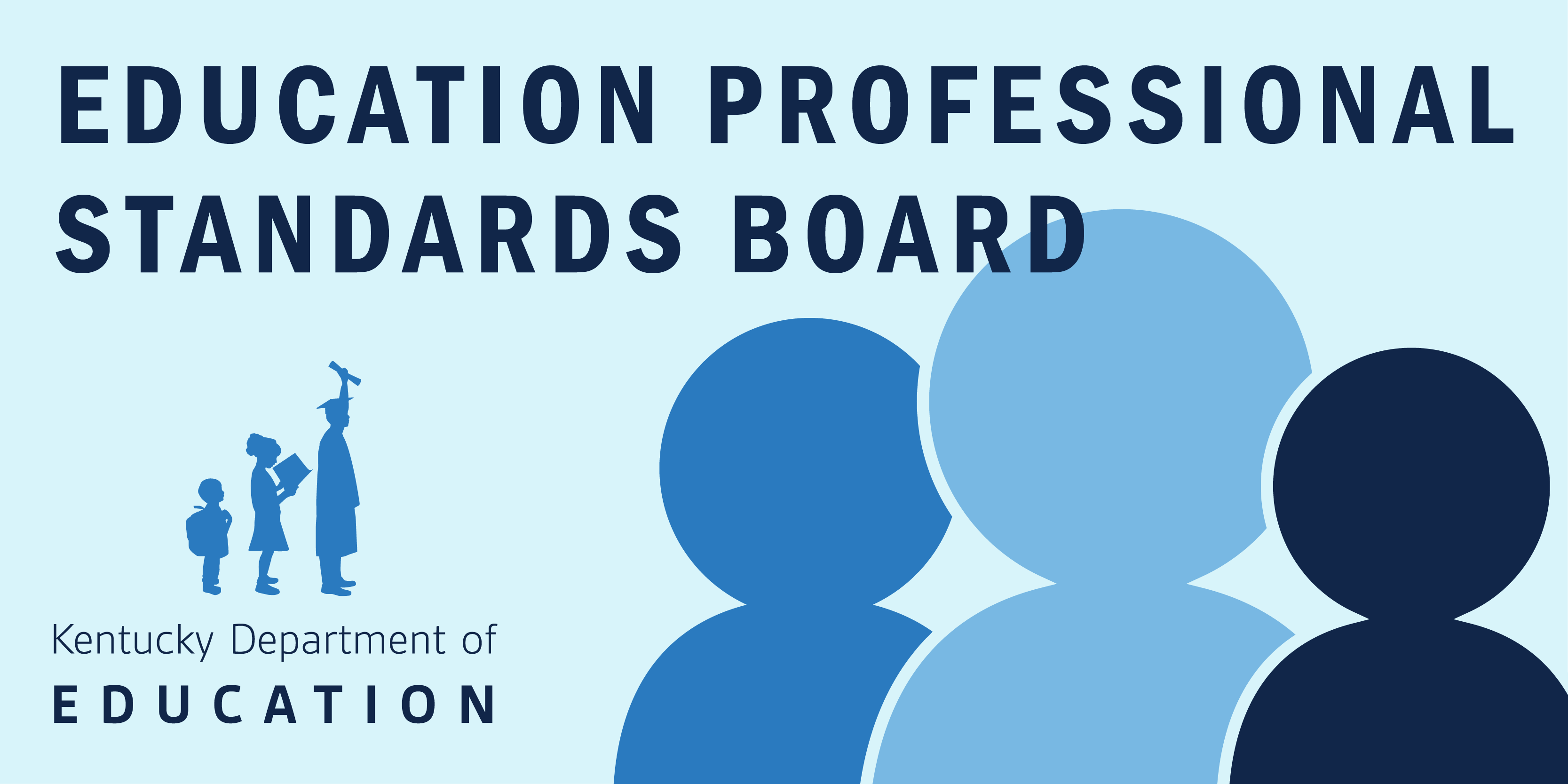Two Kentucky school districts recently were recognized in the 10th annual Digital School Districts Survey by the Center for Digital Education (CDE) and the National School Boards Association (NSBA).
Carroll County and Taylor County school districts each placed in the top 10 districts in the small school category. Carroll County Schools was fourth in the rankings and Taylor County Schools ninth.
The survey showcases exemplary school board and district use of technology to govern the district, communicate with students, parents and the community and improve district operations. This year’s recognition goes to school districts for their expanding use of innovative technologies districtwide as well as in the classroom.
“Technology innovations enable local school boards to connect with their communities and support students and teachers in ways that were unimaginable even a decade ago,” NSBA’s Executive Director Thomas J. Gentzel said. “The 2014 Digital School Districts Survey offers powerful examples of technology’s role in the transformation of public education.”
The top 10 rankings are awarded to those school boards/districts that most fully implement technology benchmarks in the evolution of digital education, as represented in the survey questions.
The first-place winners in each classification are:
Prince William County school district, Va. (12,000 students or more)
Henry County school district, Va. (between 3,001- 11,999 students)
Springfield school district, N.J. (3,000 students or less)
All U.S. public school districts are eligible to participate in the survey within the three classifications based on size of enrollment.
Selected survey findings and trends:
School board meeting availability:
- board meeting agenda and docs e-displayed on screen – 80 percent
- televised – 31 percent
- streamed and archived – 32 percent
- via podcast – 22 percent
- Fifty-two percent of states allow board members to participate/vote in school board meetings remotely.
The district allows alternatives to core content instruction in classrooms:
- Students can fully take online classes for core content credit – 79 percent
- Blended classes are offered and meet core content requirements through a combination of face-to-face and online instruction – 67 percent
- Core content is currently delivered online – 61 percent
- The flipped classroom concept is used- 61 percent
- Video conferencing for instruction is used as part of core content – 47 percent
- The district has developed plans to deliver core content online – 33 percent
- No alternatives to core content face-to-face instruction are being explored – 3 percent
District strategy regarding mobility:
- offers professional development for teachers on how to use mobile devices and apps for instruction – 88 percent
- Student-owned mobile devices can be used in the classroom – 83 percent
- encourages the use of mobile apps for instruction – 81 percent
- provides mobile apps for students to use for instruction – 67 percent
- has successful actions in place regarding physical protection of district-owned devices – 65 percent
- provides 1:1 mobile devices for students to use in the classroom – 46 percent
Status of Bring Your Own Device:
- Implemented – 56 percent (up 22 percent from last year)
- Of the 56 percent that have implemented, in which grades?
- 9-12 – 84 percent
- 6- 8 – 74 percent
- 4 and 5 – 62 percent
- Pre-K- 3 – 51 percent
Click here to read to complete press release. For more information, contact Janet Grenslitt at (916) 932-1363.



Leave A Comment